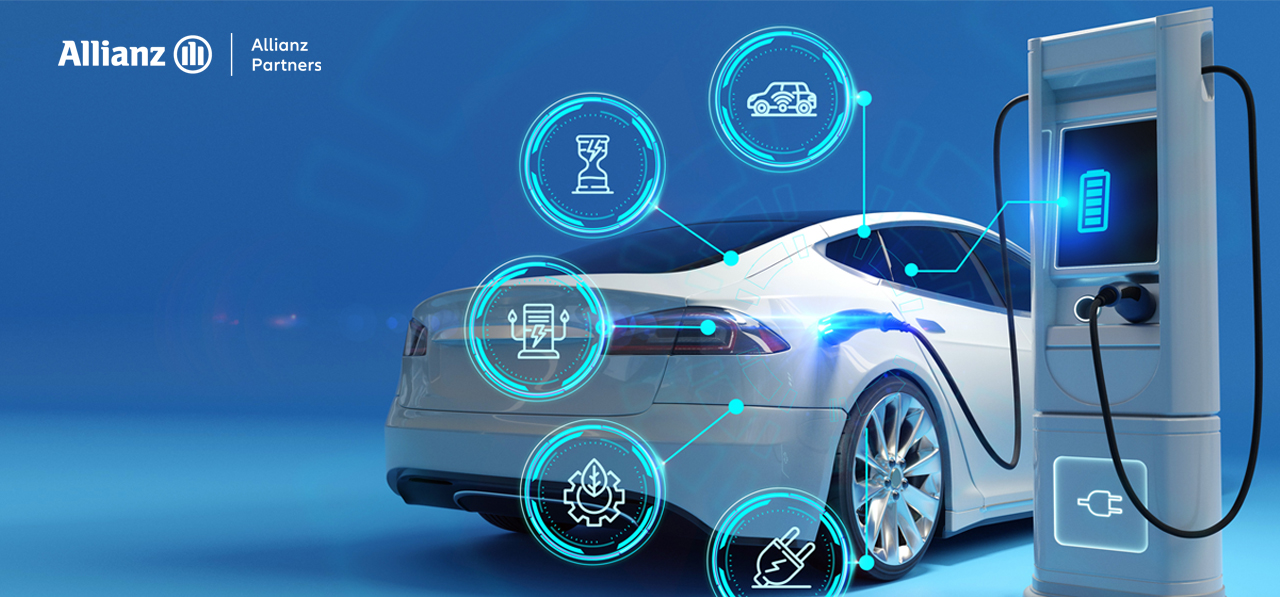As India strides towards realising the vision of a 'Viksit Bharat', the focus on sustainable development is more vital than ever. Given this priority, the future of green mobility is at the heart of this transformation, and the rapid evolution of connectivity, automation, electrification, and shared mobility solutions are reshaping transportation to significantly reduce carbon emissions and pave the way for a sustainable future. India's remarkable journey towards Electric vehicles (EVs), autonomous vehicles (AVs), and mobility-as-a-service (MaaS) platforms is a testament to the promising future of our transportation systems.
In FY 2023-24, the EV penetration in India was at 7 per cent, dominated by the three-wheeler segment and two-wheelers, with passenger cars having a low uptake of only 2 per cent. That number is estimated to increase to 30 per cent of overall passenger car sales in India by 2030. Recent market research on consumer needs and mobility trends in India reveals that 51 per cent of people make significant efforts to limit the environmental impact of their lifestyle, 32 per cent are willing to pay more for sustainability and 58 per cent would consider an electric or hybrid car for their next vehicle.
In recent years, the Indian government has taken significant steps in promoting green mobility through various initiatives and policies, including FAME I and FAME II (Faster Adoption and Manufacturing of Hybrid and Electric Vehicles) schemes, which provide financial incentives for the purchase of EVs and various other incentives for manufacturers and consumers. It paints a promising picture of the future of EVs in India as these efforts are aligned with global environmental goals and respond to the need to tackle the pressing challenges of air pollution and dependence on fossil fuels worldwide. However, one must know that achieving widespread adoption of green mobility in India also requires overcoming several infrastructural and economic hurdles.
Overcoming barriers
To decide to go green more efficiently and to fully embrace the idea of clean mobility, electric vehicle (EV) automakers and roadside assistance companies should be eager to understand the end consumer's reasons for delaying the shift to EVs. Our company's research found that challenges such as unfamiliarity with EV technology, a shortage of charging stations, longer charging times, and high battery costs are detrimental to the broader adoption of EVs. Another substantial issue is the potential for breakdowns and the fear of running out of charge mid-trip. India's inadequate charging infrastructure exacerbates range anxiety, a psychological barrier that restricts EV owners from keeping their vehicles limited to city travel, as the prospect of being stranded due to a breakdown or depleted battery is a genuine concern.
According to the Economic Times survey earlier this year, 51.7% of respondents indicated that improving charging infrastructure is crucial to expedite EV adoption in India. About 27.1% of respondents suggested that the government should reduce taxes on EVs and that implementing tax-related measures is essential to increase the adoption of electric vehicles (EVs).
To increase the number of charging stations, the government should offer more financial incentives, such as tax credits, subsidies, and low-interest loans to businesses and homeowners for setting up charging stations. These financial incentives play a crucial role in encouraging the adoption of EVs and should be further promoted.


